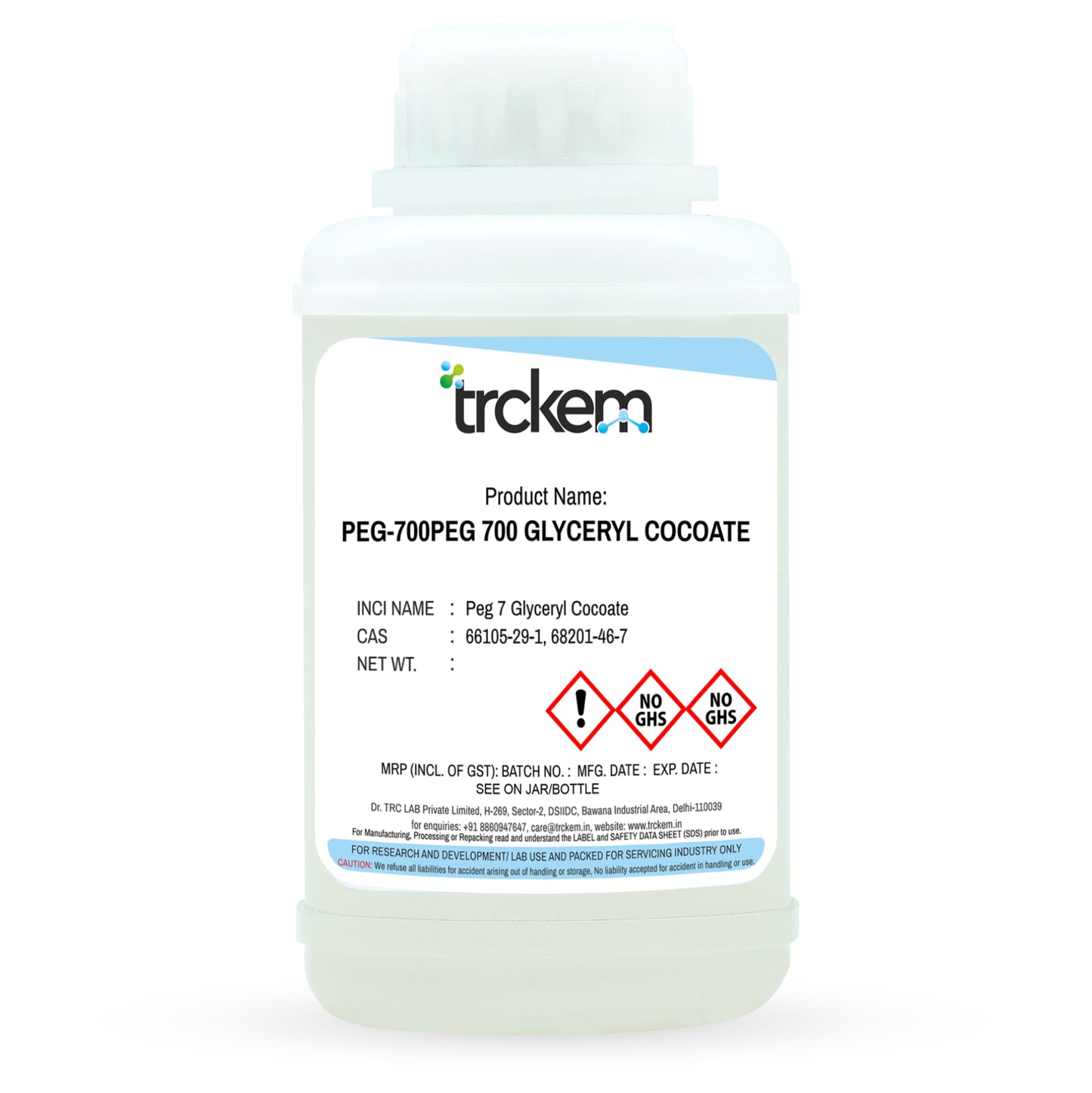
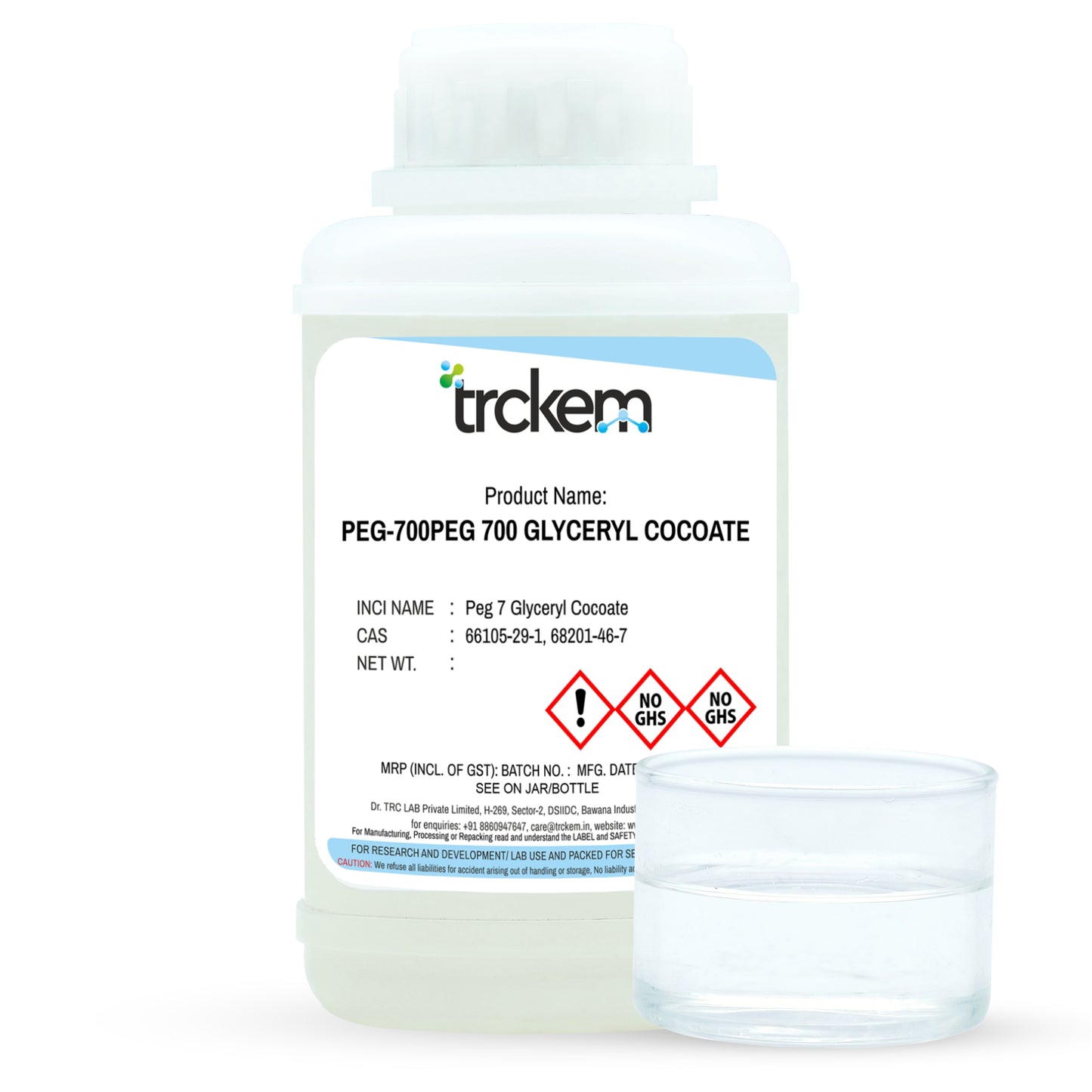
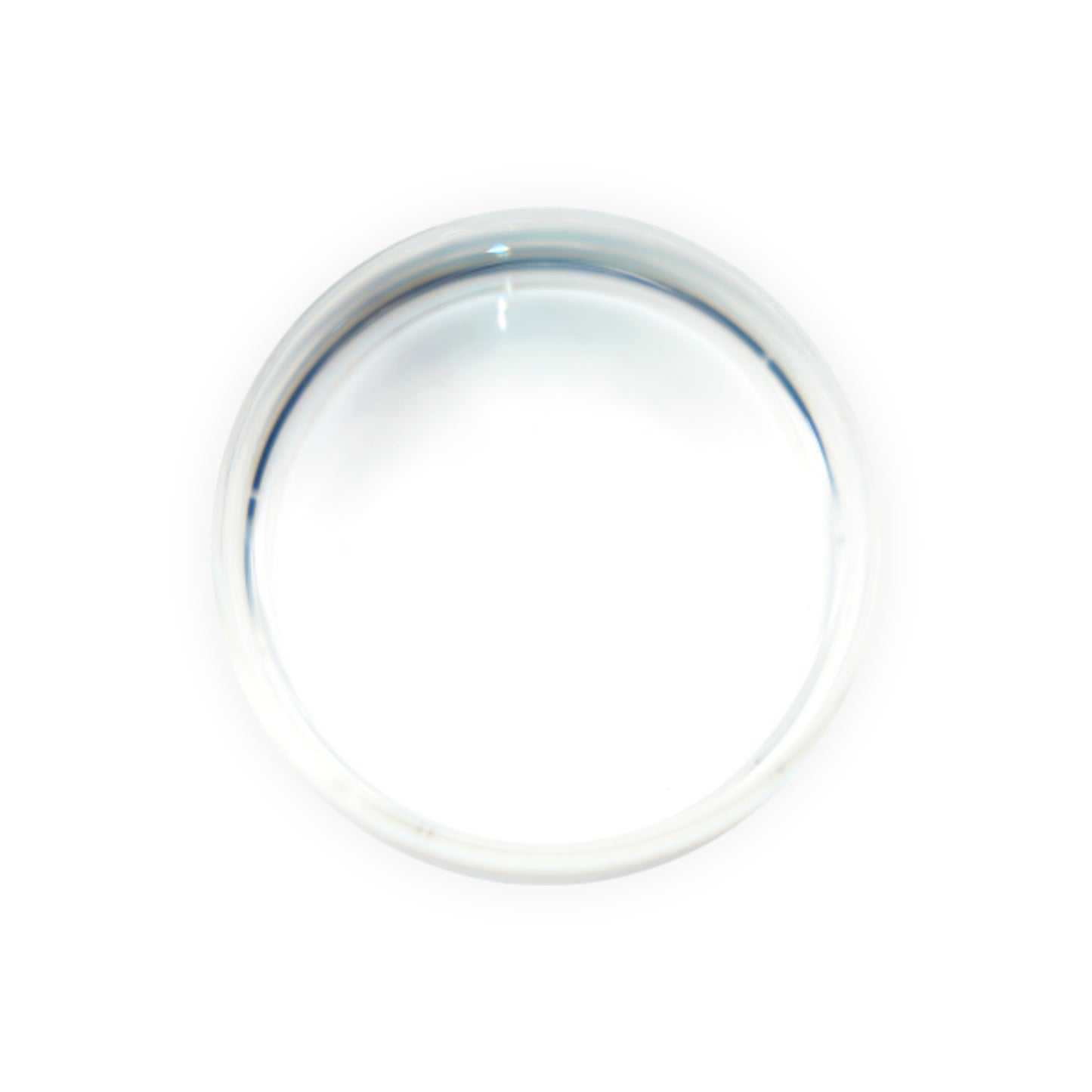
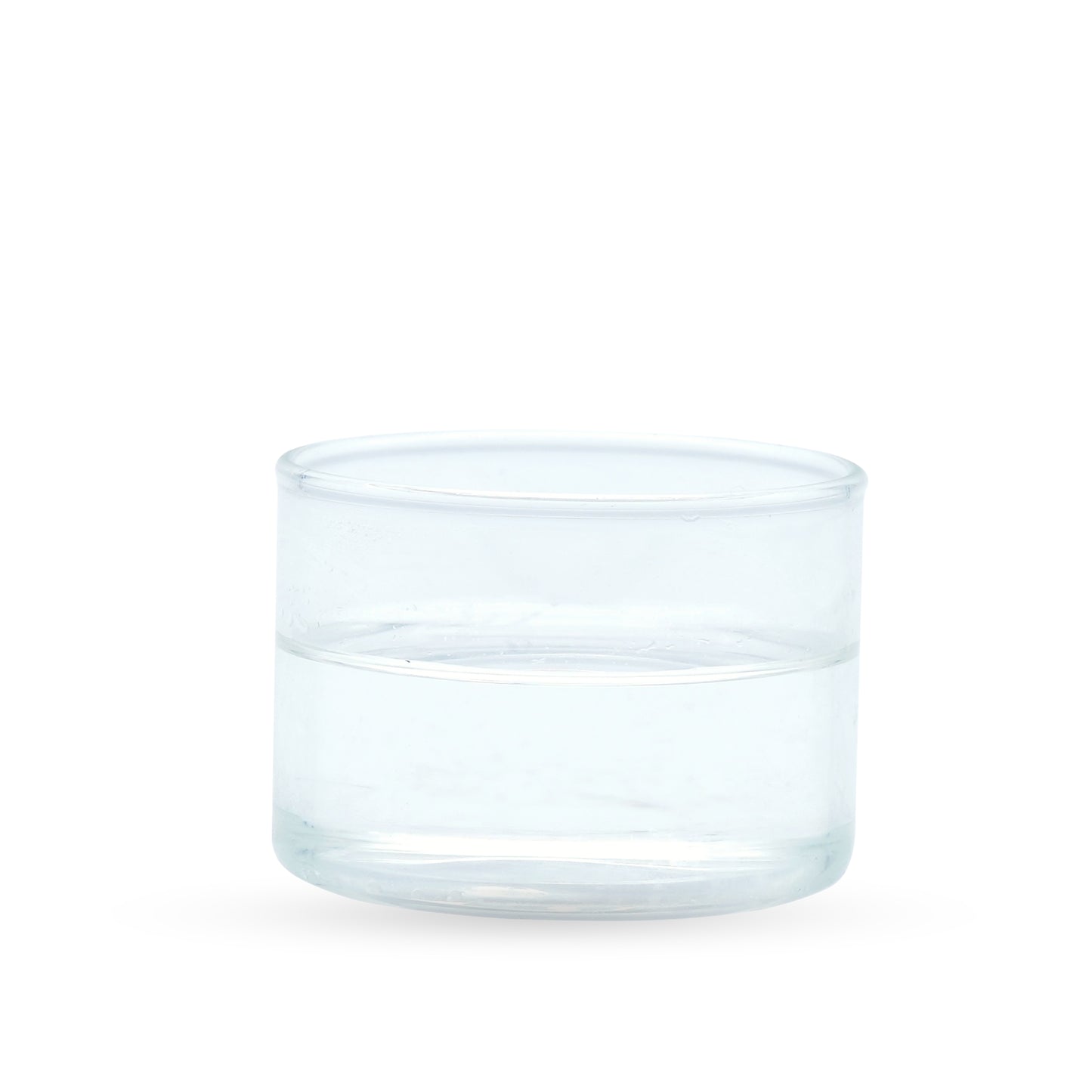
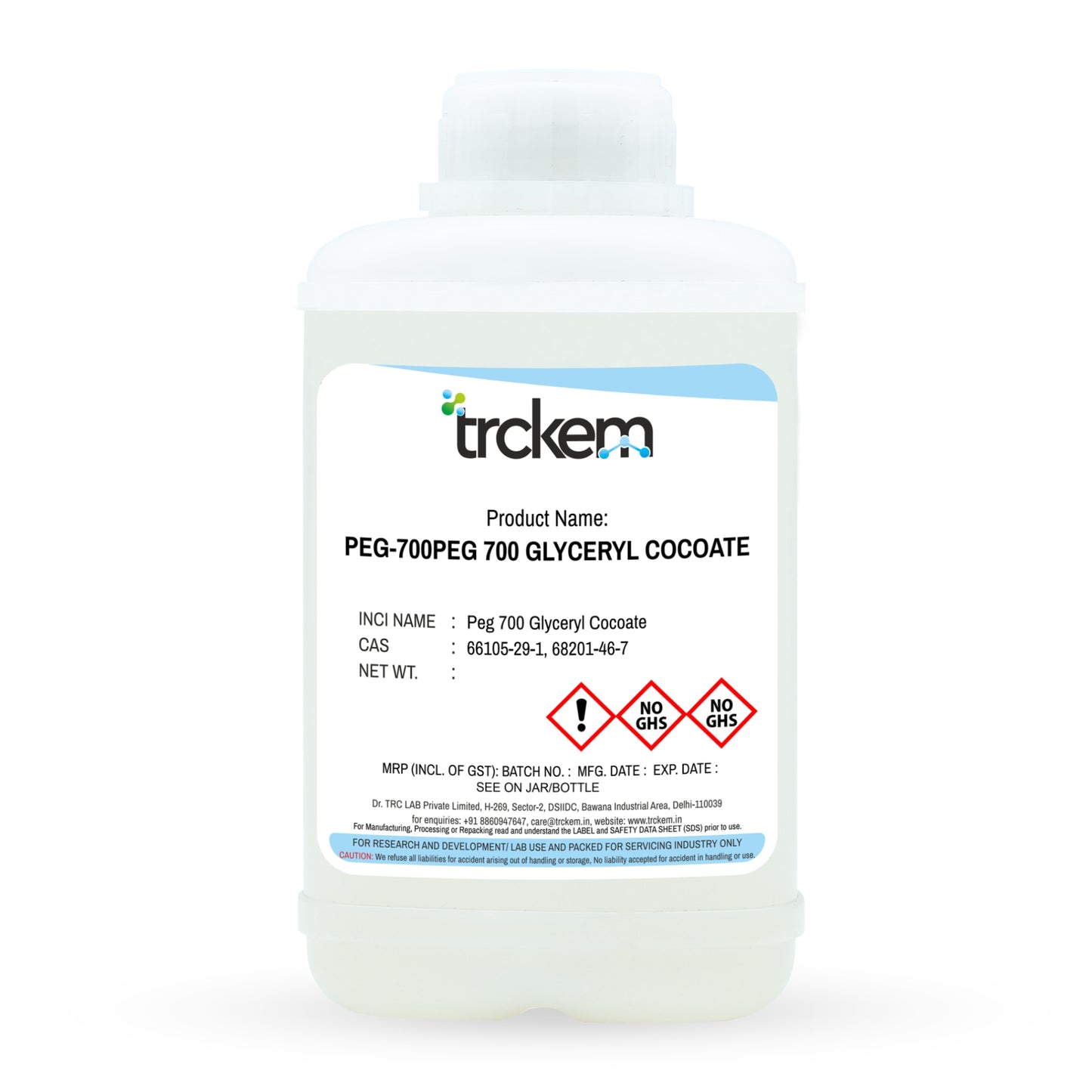
FAQ(Frequently Asked Questions)
1. What is Propylene Glycol?
Propylene Glycol is a synthetic organic compound widely used in personal care products as a humectant, solvent, and preservative enhancer. It helps maintain moisture, improves texture, and enhances the stability of formulations.
2. What is the CAS Number and INCI Name of Propylene Glycol?
CAS Number: 57-55-6
INCI Name: Propylene Glycol
3. What are the benefits of Propylene Glycol in personal care products?
Propylene Glycol offers several benefits, including:
- Moisturization: Acts as a humectant, attracting and retaining moisture in the skin.
- Solvent Properties: Dissolves active ingredients, ensuring even distribution in formulations.
- Texture Enhancement: Improves the spreadability and feel of products.
- Preservative Booster: Enhances the efficacy of preservatives, extending product shelf life.
4. In which personal care products is Propylene Glycol commonly used?
Propylene Glycol is commonly found in:
- Skincare Products: Moisturizers, serums, and cleansers.
- Haircare Products: Shampoos, conditioners, and styling products.
- Oral Care Products: Toothpastes and mouthwashes.
- Deodorants: Antiperspirants and body sprays.
- Cosmetics: Foundations, mascaras, and lipsticks.
5. Is Propylene Glycol safe for skin application?
Yes, Propylene Glycol is generally recognized as safe for topical application. However, individuals with sensitive skin may experience mild irritation, so it's advisable to perform a patch test before widespread use.
6. Can Propylene Glycol be used in natural and organic formulations?
While Propylene Glycol is synthetic, some natural and organic formulations may include it due to its efficacy and safety profile. However, it's essential to check certification standards, as some organizations may restrict its use.
7. What is the recommended concentration of Propylene Glycol in personal care formulations?
The concentration varies depending on the product type but typically ranges from 1% to 5%. Always refer to formulation guidelines and regulatory standards for specific applications.
8. Is Propylene Glycol suitable for sensitive skin?
Propylene Glycol is generally suitable for most skin types. However, individuals with sensitive skin or conditions like eczema should conduct a patch test or consult a dermatologist before use.
9. What is the shelf life of Propylene Glycol?
Propylene Glycol itself has a long shelf life when stored properly. In formulations, it can help extend the product's shelf life by enhancing preservative efficacy.
10. How should Propylene Glycol be stored?
Store Propylene Glycol in a cool, dry place away from direct sunlight and moisture to maintain its stability and effectiveness.






